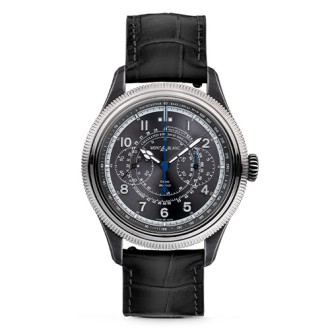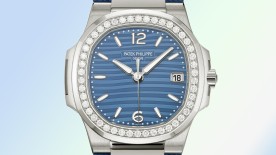A Montblanc launch under the Minerva banner is always an event. The illustrious chronometer-maker (which became part of the Richemont group, via Montblanc, in 2006) still produces watches: rarities that are immediately snapped up by connoisseurs of precision mechanisms. A collector will appreciate a Minerva chronometer as one of the most beautiful movements in the world, and we can be thankful that Montblanc took this small independent Manufacture under its wing, where its extraordinary expertise can continue to thrive.

Calibre 13.20, paving the way
Minerva made its first chronographs in 1909 and quickly forged a reputation as a specialist in professional watches and stopwatches. The launch, in 1923, of its first manual-winding monopusher chronograph wristwatch was doubly significant. Not only were wristwatches still the exception (compared with pocket watches); to fit one with a chronograph was virtually unheard of. The movement in question, Calibre 13.20, is the one every collector wants, and few can find.
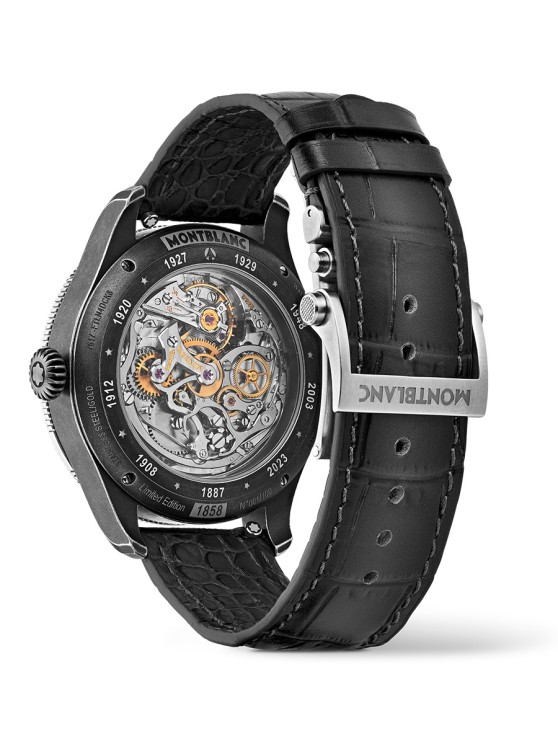
13.21, following on
This historical calibre makes occasional reappearances. Reworked in 2003, it now answers to the name Calibre 13.21. Since 2023 it is activated by the bezel. Why? Because in 1939 Minerva released its first chronograph wristwatch with an external rotating bezel and reset function.
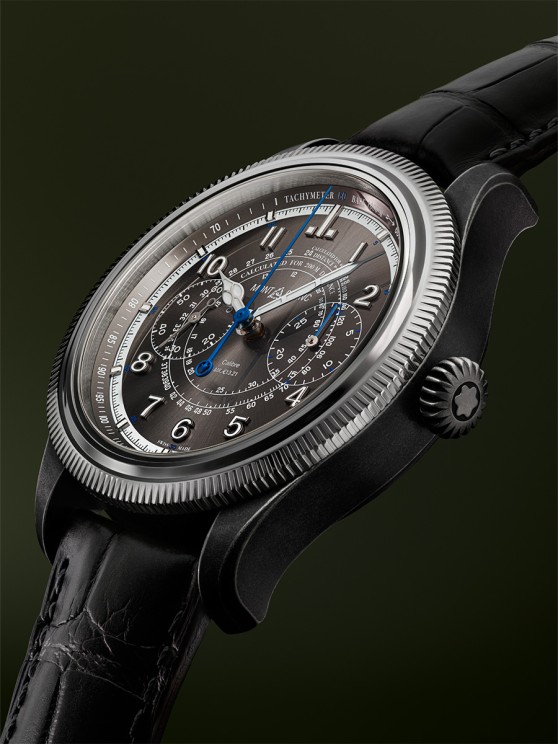
It's an unusual but remarkably simple solution. The chronograph is operated by turning the 18k gold fluted bezel, which has been refined for this new edition. It's worth noting that the fluted bezel is not specific to Rolex; Montblanc has been making them since 1927, so more or less since the first Oyster in 1926.
Turning the bezel clockwise one click starts the chronograph. A second click stops it and a third resets. The bezel has 30 steps or clicks, hence it can time ten separate events in one complete turn. Montblanc is one of the few watchmakers to have developed such a system and has filed several patents for this innovation.
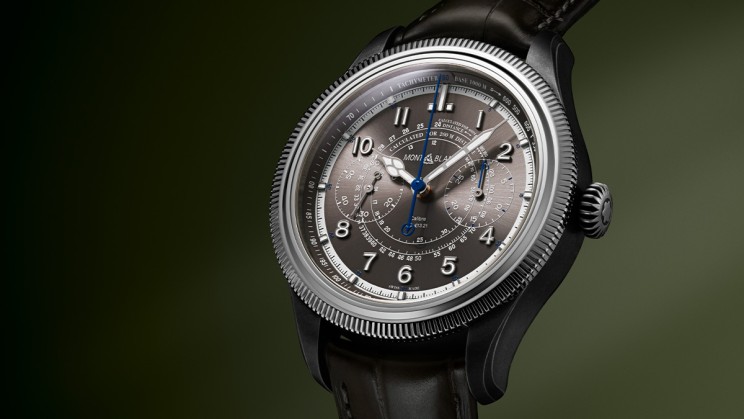
Blue, green and now black
Montblanc has released two limited editions with this historic movement in recent months, in blue (100 watches) and in green (23 watches). This latest iteration is limited to 100 watches, this time with a black dial and black case… well, almost black.
At first glance, the 42.5mm case appears to have a gun metal finish, typical of the 1920s. In reality, the stainless steel is first treated with a black coating, then washed and brushed by hand using quartzite from Mont Blanc (the mountain) and limestone from Combe Grède, which is the V-shaped crevice across from the Manufacture in Villeret. This combination gives each watch its individual patina and character.

There are two sets of hands: blue for chronograph seconds and for the 30-minute counter at 3 o'clock; black for the central cathedral hands and for small seconds at 9 o'clock. This choice of black on a dark grey background for small seconds doesn't have the strong contrast that facilitates read-off but is consistent with the overall sobriety of the design.
One final detail: the Montblanc 1858 The Unveiled Timekeeper Minerva Limited Edition - 100 pieces still beats at 2.5 Hz or 18,000 vibrations/hour. It's a gentle pace and one that's rarely used, Bovet being a notable exception. Should we be surprised? Both brands like to do things their own way and are neighbours in a valley where, clearly, it's all about taking one's time.


